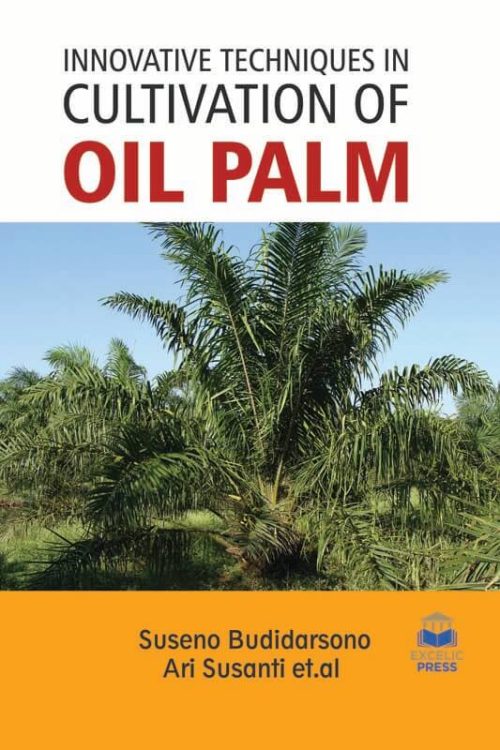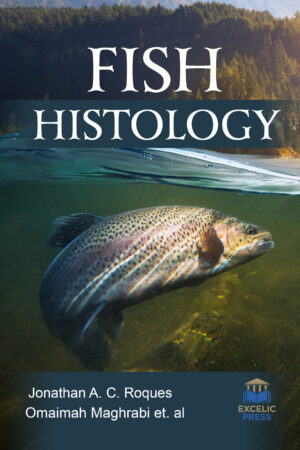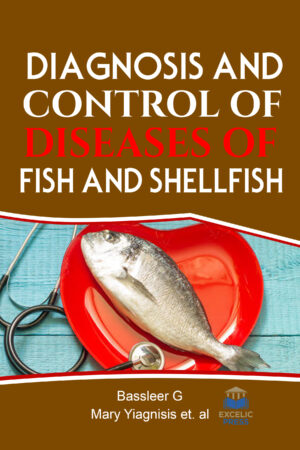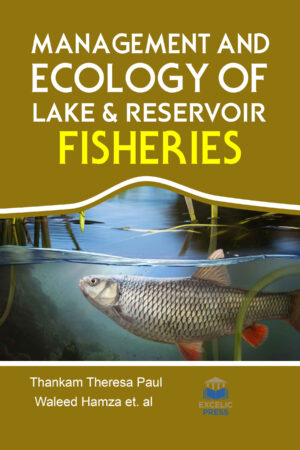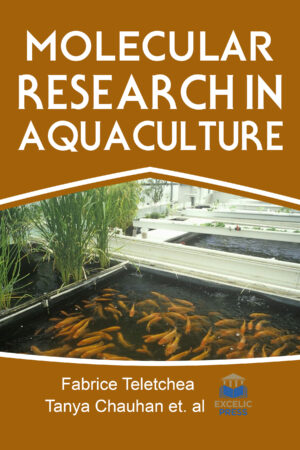Description
The oil palm is a relatively new crop with about a hundred year’s history. With a generation cycle of about 8-10 years, it has undergone only about 10 cycles of scientific plant breeding. Palm oil is extracted from the fruit of the oil palm tree; the main products are crude palm oil (CPO) and palm kernel oil (PKO). The palm oil sector provides income and employment for a significant number of individuals in developing countries. Nevertheless, through breeding cum agronomy research, yields of less than 1 t/ha oil in the wild palm groves have been improved to 7-9 t/ha achievable on a plantation scale to 18 t/ha potential yield. Oil palm breeding has also achieved a 1-1.5% yield improvement per year compared to those achieved by major crops. The main objective of oil palm breeding since the early days has been high and precocious oil yield. This has resulted in the development of vigorous tall-growing varieties that poses increasing manual harvesting problems in labor scarce plantation areas.
This book contains reviews and research developments highlighting these challenges in fields such as breeding and cultivation techniques. Opening with a focus on oil palm plantations, the book takes a narrative look on agroecological practices in oil palm plantations: examples from the field. The book follows with archaeal community changes associated with the cultivation of amazon forest soil with oil palm; reducing runoff loss of applied nutrients in oil palm cultivation using controlled-release fertilizers, and evapotranspiration and crop coefficient of oil palm on the main nursery in a greenhouse.
This book presents an overview of the impact of oil palm plantations on biodiversity and carbon storage. Subsequently, it describes the role of human-modified landscapes on the conservation of biodiversity and carbon stocks. It also provides a detailed overview and description of the different strategies and landscape configurations that may allow for the reconciliation of conservation priorities with oil palm expansion. It also portrays oil palm natural diversity and the potential for yield improvement and the impacts of oil palm on recent deforestation and biodiversity loss. Biotechnological applications in the oil palm breeding contain tissue culture propagation (TC), genetic modification (GM), marker-assisted breeding (MAB), and marker-assisted choice (MAS). Industrial success of oil palm TC has been hampered by the fruit mantling monoclonal variation risk, inefficient biological research method and inefficient octet choice. Undoubtedly, biotechnological tools will continue improving but their success depends on the field breeder who provides the essential genetic trials to develop the biotechnological tools and to validate their utility. This book will serve as a valuable guide to students and practitioners working in the associated field and, moreover, may provide new concepts and starting topics for future researches.

